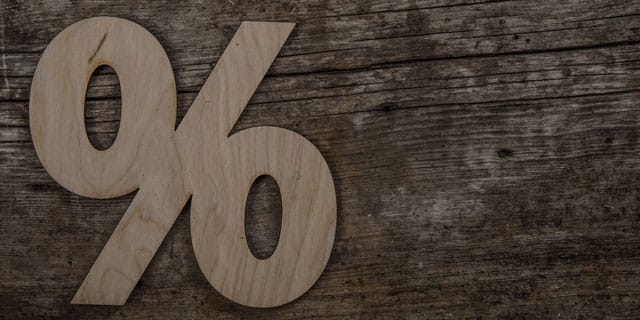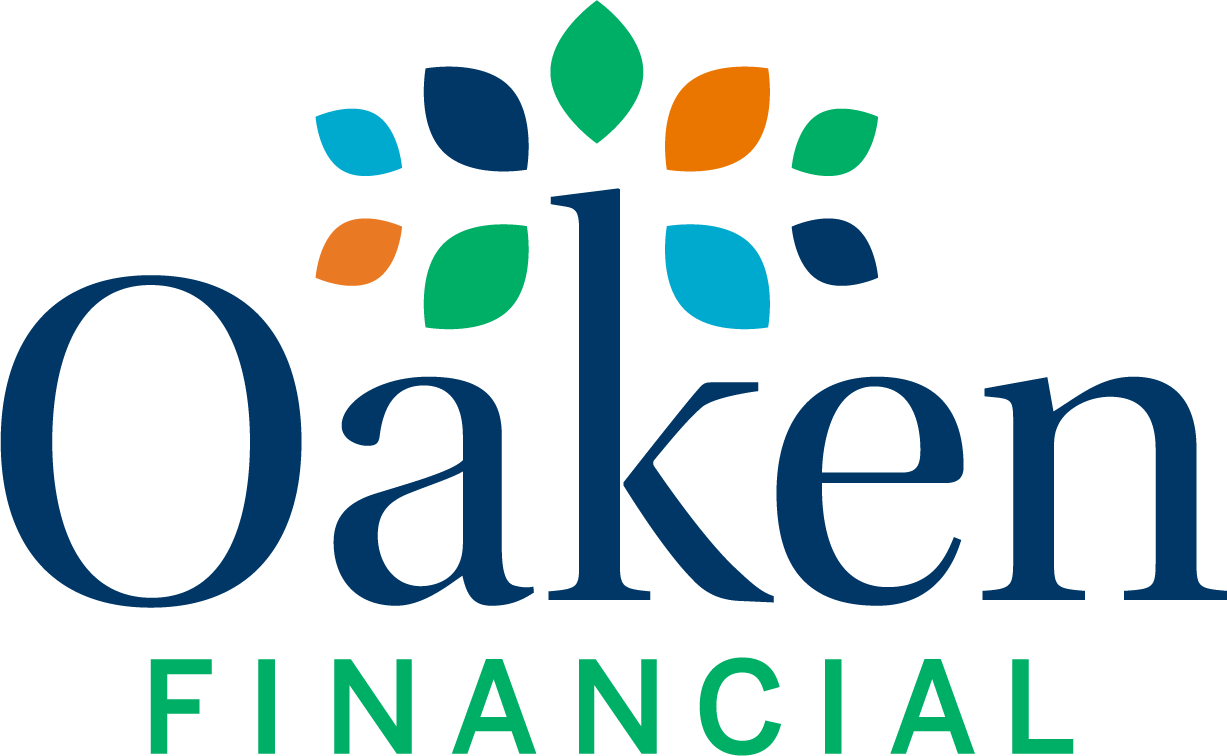With 2019 now well underway, we want to take this opportunity to remind you that we’re here to help you reach your savings goals and manage your investments throughout the coming year. That starts with us getting you the paperwork you’ll need for your 2018 tax returns.
Once again, we’re providing you with a single statement for your whole portfolio, to help reduce the clutter and make it easier to see all your investments at a glance. This statement will be divided into holdings issued by both Home Bank and Home Trust Company, and is being sent out to customers very soon.
The various other tax documents you’ll need to complete your return, such as T3s and T5s, will be made available according to the schedule shown in the table below:
| Document | Mail date |
| 2018 RSP Contribution Receipts | February 8 |
| T5 (Statement of Investment Income) | February 13 |
| NR4 Interest (Statement of Amounts Paid or Credited to Non-Residents of Canada) | February 13 |
| T4 RSP (Statement of Retirement Savings Plan Income) | February 15 |
| T4 RIF (Statement of Income from a Retirement Income Fund) | February 20 |
| T4A TFSA (Retirement and Annuity Income) | February 20 |
| RL2 (Retirement and Annuity Income) | February 28 |
| RL3 (Investment Income) | February 28 |
| NR4 RSP & RIF (Statement of Income from a Retirement Income Fund) | February 28 |
| 2019 RSP Contribution Receipts (First 60 Days) | March 26 |
These are the essentially dates they’ll be ready for you to view and download in Oaken Online Banking, and unless you’ve opted for paperless tax receipts, you should also receive these by mail within two weeks of these dates. In regard to RSP contributions, receipts for those made in 2018 will be released on February 8, while those for contributions made in the first 60 days of 2019 will be made available towards the end of March.
Finally, we’d like to remind you that we don’t issue receipts for interest income under $50, but keep in mind you are still required to report such revenue on your return.
Time to revisit your registered savings, too

The beginning of a new year is also a great time to sit down and figure out what contributions you should make to your registered plans.
If you haven’t maximized your RSP contribution for 2018 already, you still have a little over a month to do so. Even if you don’t have cash available to contribute at the moment, one option is to borrow money to deposit into your RSP. Whether or not you should do this depends on a variety of factors, such as current interest rates, how quickly you think you could repay your loan, and what other debt you might be carrying. To help you decide if borrowing to invest is right for you, we always recommend talking to a tax professional.
The case for TFSAs
Unlike RSPs, there is no contribution deadline for TFSAs. The latter also have the added advantages that you can withdraw money from them without any penalties, and they don't depend much on your tax bracket. As well, for those who have reached the age of 71 and therefore can no longer contribute to an RSP, TFSAs are the only game in town. Taken together, all these reasons have made TFSAs an increasingly popular option for savers and investors of every type.
So, an interesting question in personal finance is, “Are there any circumstances in which I shouldn’t contribute to a TFSA, if I have the cash?” And there certainly are. Foremost among them is a situation where you’re carrying debt with a high interest rate. For example, credit cards charge very high interest on outstanding balances, and it’s almost impossible that you’ll ever be able to find an investment with a return that comes even close. In that circumstance, it makes no sense to deposit money into a TFSA, when you could instead use it to pay down all or some of that credit card debt.
It may also be better to forego investing cash into a TFSA if you have debt that carries a comparatively low interest rate but involves a large amount of principal, such as a mortgage. The reason is that high debt levels can cramp your flexibility down the road. If interest rates rise—and they have been rising for the past year now—you may find that that low mortgage payment isn’t so low anymore at renewal time. To avoid being financially squeezed, it could be a wise step to pay off some of that mortgage now instead of investing in a TFSA, even if the latter produces a higher return than the rate on your mortgage.
And here’s where we come to one of the best features of a TFSA: unused contribution room carries over from year to year. Even if you don’t maximize your contribution this year, you’ll be able to make up for that in the future, so don’t pressure yourself! Just remember to take a moment this year to decide on your long-term strategy, and see how you can best put RSPs and TFSAs to work for you.
An important time to think about fitness

Winter is well and truly upon us, and that means a significant shift in lifestyle. Colder months are typically the worst time of the year for physical activity, with about 10% fewer people getting regular exercise compared to July, and the average length of workout declining by a similar amount. To help fight against this, we’ve compiled a list of great fitness apps that will go a long way to burning off those holiday treats you weren’t able to resist...
Fitnet
If you find it just impossible to get to the gym every day, don’t despair—Fitnet is here. This app is loaded with over 200 video workouts that last about five minutes each. You can do them whenever you find the time, and you can combine workouts to break out a bigger sweat. The app also lets you interact with a live fitness coach to boost your motivation and perfect your technique. Now you don’t have any more excuses!
Zombies, Run!
One of the quirkiest apps out there, Zombies, Run! became the most downloaded fitness app on iTunes in under a month. It allows you to choose from among 200 missions that involve you running (or walking, if zombies don’t scare you) wherever you want—gym, park, street—and saving your fellow humans by collecting supplies for base camp along the way. It’s all narrated through your ear buds, and even gets you to vary your pace by pretending the zombies are getting closer. A great way to get in shape and feel like you’re 12 again.
Daily Yoga
Head on down to the yoga studio with just a few clicks on your phone. Daily Yoga features more than 100 yoga and meditation classes on video, for every level from beginner to advanced. It also tracks your progress in easy-to-read charts, and hosts a library of 500 yoga poses. Start twisting your way to better health!
Endomondo
The toughest thing about following a cardio routine is staying motivated. That’s where Endomondo comes in. It’s a virtual trainer that lets you set a goal before you start, and then tells you to speed up if you’re falling behind. Run, walk or bike against yourself—or against friends if they’re up for the challenge.
Stand
You’ve probably heard by now that sitting for long periods might not be good for your health. Remembering to stand up at regular intervals is hard, however, especially when you’re absorbed with your computer or smartphone. Problem solved with this app. Designed for both computers and mobile devices, it reminds you every hour to take a break and get up. You just set the time, and it gives you a notification.
Where are interest rates headed in 2019?

Throughout 2018, the Bank of Canada steadily hiked its overnight lending rate, which is the key driver in the retail lending market. The current rate of 1.75% might not seem like a lot, especially if you think back to how things were in the past. In 1991, the rate hit a jaw-dropping high of 16%, and ten years earlier the five-year mortgage rate reached an unimaginable 21.35%! Nonetheless, in relative terms, the rise in rates we’re now experiencing is quite significant. During the past 10 years the lending rate has stayed under 2.0%, and as recently as 2017 the overnight rate was 0.5%.
With five hikes in less than 18 months, the Bank of Canada is on its way to bringing rates back to historically normal levels. Its ultimate goal is to achieve what it calls “a neutral stance”. This is where the overnight rate is neither stimulating nor dampening economic growth. This is estimated to be somewhere between 2.5% and 3.5%, and with the economy humming along quite well, it may not be long before that level is reached. However, as always with economic forecasting, it’s wise to be conservative.
Predictions can change very quickly
In the United States, the Federal Reserve Bank has also been aiming for interest rates that would be more or less neutral in their effect on the economy. That had economists predicting that rates still had a lot of room to move in 2019. This assertion was boosted as recently as October, when the Federal Reserve chairman stated that he might even raise rates “past neutral, but we’re a long way from neutral at this point, probably”. But fast forward to the end of November, and the chairman had changed his tune. He suggested that rate increases might actually slow this year, because rates are “just below” the neutral range. That kind of distinct change in such a short time illustrates how hard it is to predict which way key economic indicators will move. If even the world’s top bankers aren’t certain of where interest rates will be in a year or two, you can be assured that no one else is either.
That’s one very big reason why at Oaken we don’t ever make predictions about this kind of market indicator. Of course, we follow rates keenly. Higher rates are a definite plus for savers, and they allow us to offer higher returns to you on GICs and the Oaken Savings Account. But until you see the Bank of Canada make the announcement, we urge our customers never to get ahead of themselves. Higher interest rates may well be coming, but you can never be too cautious when planning your finances and looking ahead.
New year, new reading list

Here’s an easy new year’s resolution to keep: read these articles! (Ten minutes and you’re done, then it’s off to the gym!)…
Nearly 40% of Canadians don’t see any benefit in RSPs, but Jonathan Chevreau takes the opposite view in the Financial Post.
They may be good for savers, but rising interest rates put the squeeze on borrowers, and the Financial Post explains how this makes the Bank of Canada’s job even harder.
A single workout can have positive effects for days, according to this article about recent fitness research.




 Oaken Update
Oaken Update